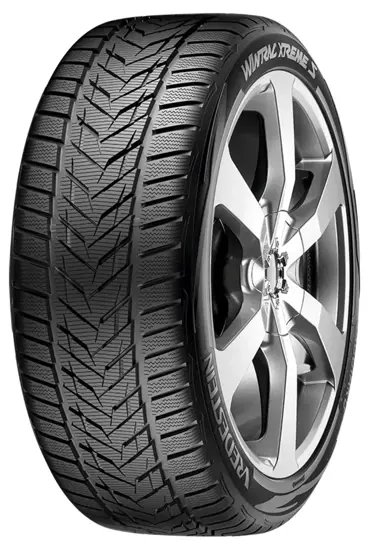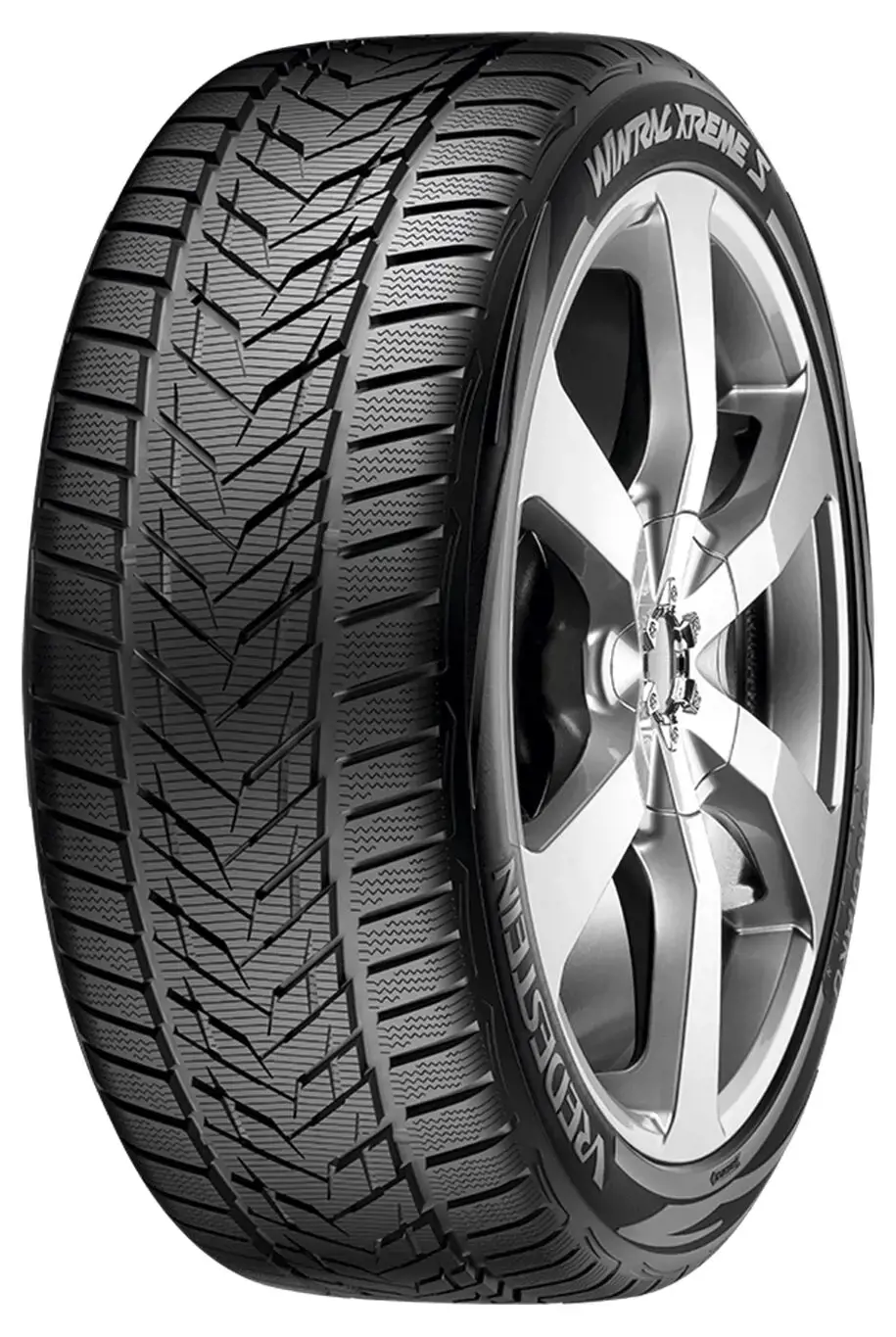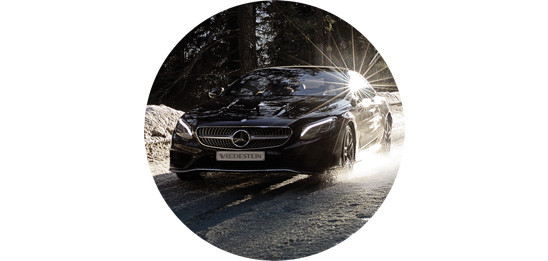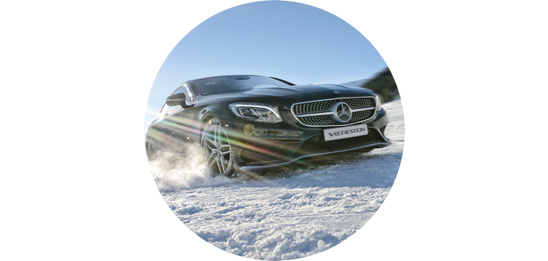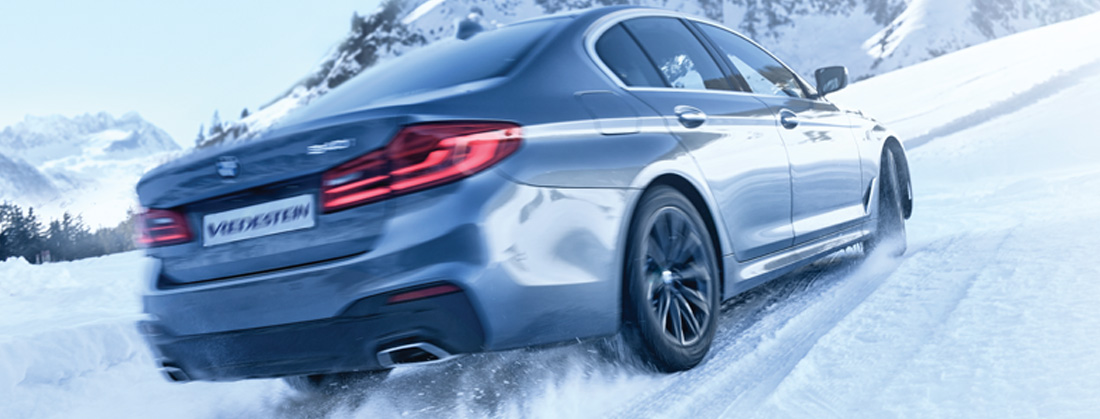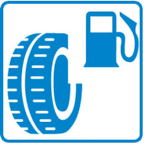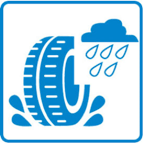Description
As the successor to the Wintrac xtreme, the Wintrac xtreme S is designed for the harsh conditions of the winter months. With excellent road holding and unparalleled steering behaviour, the Wintrac xtreme S delivers exceptional safety on snow, ice and slush. The same applies for dry as well as cold and damp roads.
The Internal Sipe Locking Technology (ISLT) advances this tyre even further. Thanks to this technology, the Wintrac xtreme S continues to demonstrate outstanding stability even at high speeds. With its various versions up to speed class Y, this tyre is also approved for the fastest cars in the world (up to 300 km/h).
In addition to delivering excellent performance on snow and slush and offering high-speed capabilities, this winter tyre, designed by Giugiaro, is also extremely stylish.
A high-quality winter tyre that offers maximum safety at low temperatures
Properties
EXCELLENT DRIVING AND BRAKING PERFORMANCE IN WINTER CONDITIONS
High flexibility at low temperatures thanks to the optimal tread compound
FAST AND PRECISE STEERING RESPONSE AT HIGH SPEED
Optimised rigidity in the entire middle section of the main tread area
ERSTER WINTER TO BE APPROVED FOR SPEEDS UP TO 300 KM/H
Speed ratings H, V and Y
Manufacturer information
EU Tyre Label
As of 01/11/2021, the European Tyre Labelling Regulation EU/1222/2009, (EU tyre label) applies. This regulation applies for all newly manufactured tyres as of CW27/2021.
The EU tyre label provides information about the criteria for fuel efficiency, wet grip and external rolling noise and is binding for all car, LGV and HGV tyres (classes C1, c2 and C3) within EU Member States.
The aim of the EU tyre label is to increase safety, environmental protection and efficiency of road traffic by promoting fuel-saving, safe and quiet tyres.
Alongside the EU tyre label, you should continue to consider the relevant tyre tests as an important factor in your decision to purchase, as the new EU tyre label tests only three important criteria. in this way, for example, the driving characteristic of summer tyres on a dry road is assessed just as little as the snow grip of winter tyres



 C
C
 Austria
Austria
